Performance-based marketing to grow your Shoes company.
What is shoe marketing?
The average shoes business in the United States makes $1.8 million per year in revenue. Shoe Marketing is the process of promoting the business to increase that number or removing obstacles causing the ROI to be low. This can include paid social ads, paid search ads, local ads, radio ads, TV ads, or traditional ads.
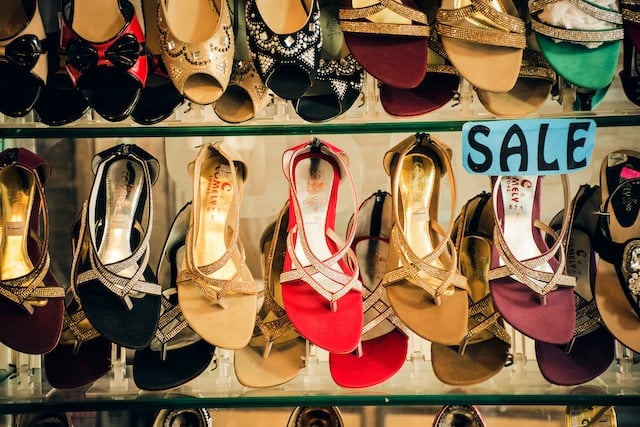
Most footwear companies struggle with various factors, such as an expensive workforce, finding adequate experts in each area, producing new creative content fast enough, and overseeing all aspects of their digital marketing. Let our team of footwear digital marketing and advertising experts manage the groundwork it takes to grow your shoes company. If you want to increase sales for your footwear business, please contact AdvertiseMint.
Popular ways to increase revenue for shoe companies.
“Every footwear business pays for advertising. You either pay for advertising or you pay in lost revenue to your competitors.” – Brian Meert, CEO, ADVERTISEMINT.
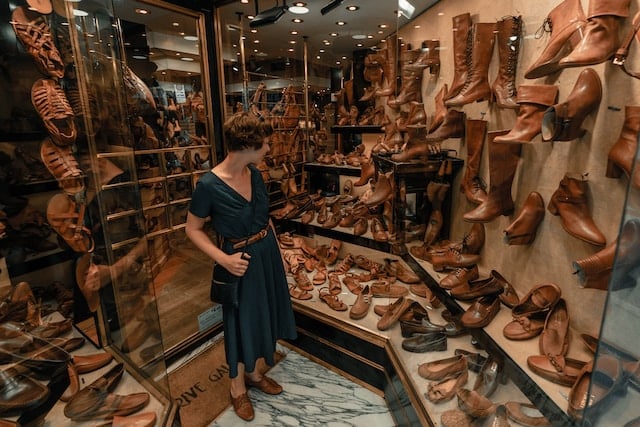
The shoe business is more than just crafting a functional product; it’s about making a style statement, offering comfort, and staying ahead in a fiercely competitive market. The global appetite for footwear is ever-increasing, and brands that strategically leverage the following five factors can significantly amplify their revenue streams.
- Innovation in Design: The modern consumer seeks a blend of style and functionality. When shoes combine innovative designs with practicality, they stand out in the crowded footwear market. Brands that continually update their design portfolios and experiment with new materials, technologies, and aesthetics often see a spike in sales. Innovation drives purchases, whether it’s a high-performance athletic shoe or a fashion-forward heel.
- Sustainability: An eco-conscious mindset is no longer a niche sentiment; it’s a mainstream demand. The global community is more informed and concerned about environmental issues than ever. Footwear brands that adopt sustainable practices in manufacturing, source eco-friendly materials, and maintain ethical labor standards not only resonate with these consumers but also often command a premium price, bolstering revenue.
- Personalization: The one-size-fits-all approach is fading. Today’s consumers crave personalized experiences. Offering customizable footwear, where buyers can select colors, materials, or even design aspects, can lead to increased customer engagement and loyalty. Brands that leverage technology to allow consumers to visualize and create their unique shoes can see a direct impact on sales.
- Omnichannel Retailing: While online shopping has surged, brick-and-mortar stores remain significant, especially in the shoe industry, where trying before buying is often preferred. Brands that seamlessly integrate online and offline retail channels offer consumers flexibility and convenience. This integration ensures that whether a consumer is shopping from their couch or in a bustling mall, their experience with the brand remains consistent and satisfying.
- Engaging Marketing and Branding: The way a footwear brand presents itself in the market can make all the difference. Investing in compelling storytelling, eye-catching advertising campaigns, and engaging social media content can elevate a brand’s visibility and desirability. Celebrities and influencers donning a brand’s shoes can exponentially increase its appeal, leading to a significant uptick in sales.
Shoes Industry Facts
Average Revenue for the Footwear Industry: $88.47 billion
Average Profit Margin for the Footwear Industry: 20-40%
Average Employees for Footwear Company: 14.9
Average ROI for the Footwear Industry: 12-15%
Average Growth Rate for the Footwear Industry: 3.47%
Total number of Footwear companies: 100,000
Average CPC on Google for the Footwear Industry: $3.66
Shoes Paid Social Ads
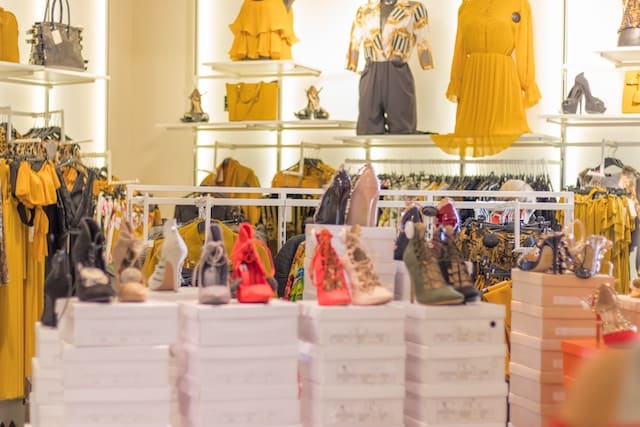
Paid social is a powerful way to help reach consumers interested in footwear products or services. Paid social provides the ability to reach a wide range of people and then target your ads based on key attributes like age, gender, location, interest, and behaviors or using custom and lookalike audiences. Paid social ads are the leading advertising option to reach consumers on mobile devices. Paid social is also typically less expensive than other forms of advertising, making it a powerful combination. However, the pricing for paid social can increase as you get more targeted or if your ads appear irrelevant by the ad platform algorithm. The most popular paid social ad platforms are:
- Footwear Facebook Advertising
- Footwear Instagram Advertising
- Footwear TikTok Advertising
- Footwear Snapchat Advertising
- Footwear LinkedIn Advertising
- Footwear YouTube Advertising
- Footwear Twitter Advertising
- Footwear Reddit Advertising
- Footwear Pinterest Advertising
Footwear Paid Search Ads
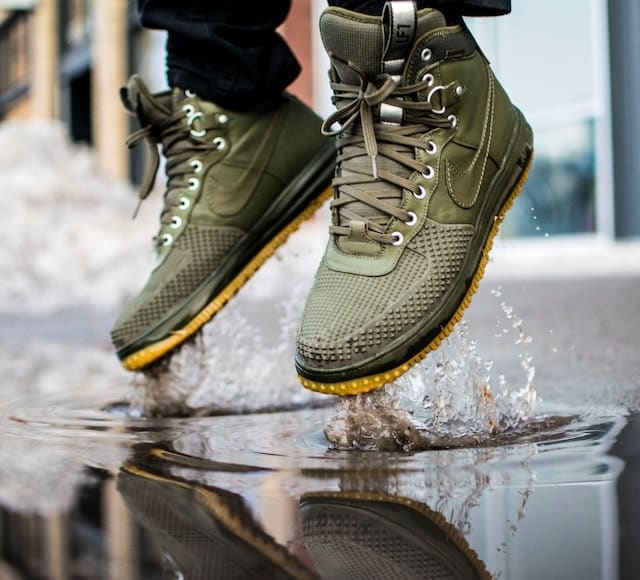
Paid search is the most efficient way to reach consumers actively searching for footwear products or services. Consumers often search the internet for questions about where they are in the buying cycle. A general search would indicate they are just beginning to research companies. A specific search would indicate that the consumer is knowledgeable and close to selecting or purchasing. Shoes advertisers can bid specifically on the most valuable keywords for their business, which helps them appear above their competitors for the most profitable keywords. Paid search ads are generally used for lead generation, local awareness, or e-commerce. Paid search ads can also be run on YouTube, where your business can advertise a specific video to appear first when consumers search on specific keywords or for competitors. The most popular shoes paid search ads are:
Shoes Local Ads
Local ads are extremely important for footwear companies and are often overlooked because of the focus on larger ad platforms. Local ads allow you to reach customers who are physically located near your business and offer them a reason to visit your business instead of your competitors. Local digital ads typically include promotions, deals, or coupons and often align with your current business reviews on that platform. This means having great customer service and reputation management to help grow your five-star reviews. Other physical ads like billboards, digital billboards, bus, and metro ads allow you to ensure you are reaching customers located in your targeted area. The cost to reach a new local customer is often small compared to the lifetime value that customer will bring to your business. The most popular local ads for footwear companies are:
- Shoes Facebook Ads
- Shoes Google Local Ads
- Shoes Yelp Ads
- Shoes Nextdoor Ads
- Shoes Billboard Advertising
- Shoes Metro Ads
- Shoes Bus Ads
Shoes Radio Ads
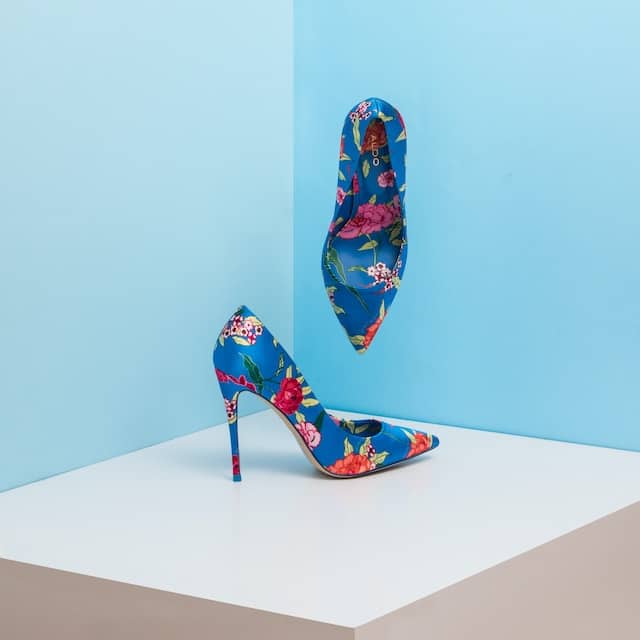
Radio ads allow footwear companies to reach a captive audience, often listening while commuting in the car, at the gym, or working. Radio ads allow you to talk directly to your customers and present. Radio ads are fixed in length and cannot be skipped, ensuring your audience will hear your message. Due to the passive nature of radio listeners, it’s essential to have optimized audio creatives and a large enough ad budget to ensure that the average listener is reached at the recommended frequency. It’s recommended when possible to use the radio personality to read your ads as they have built Some of the most popular shoes radio advertising options are:
- Shoes Local iHeartRadio Ads
- Shoes Spotify Ads
- Shoes Pandora Ads
- Shoes Podcast Ads
- Shoes National Radio Advertising
- Shoes Talk Radio Advertising
Shoes Direct Mail
Direct Mail can be a powerful tool for footwear companies to reach new and existing customers. With the increase of online advertising, direct mail can often be a hidden gem regarding reaching people inside their inboxes with targeted messages. Direct mail can be sent in mass with new automation tools and personalized before sending. The cost of direct mail often depends on the size of the mail (postcard vs. full-size letter envelope), and while postage can be purchased at bulk rates, it is still a rising cost to be considered. If you are interested in learning more about how your company can send out Direct Mail, please contact AdvertiseMint, and our team would be more than happy to walk you through the options.
Footwear TV Ads
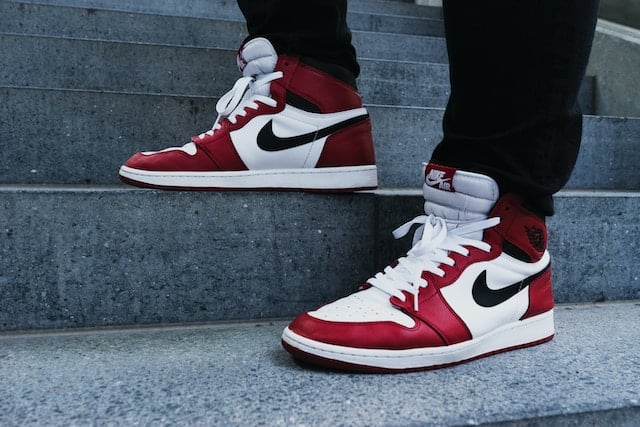
There are several things that shoes companies should be aware of when running TV ads. TV advertising for footwear can be targeted to users on a local level, which is perfect for a company with just one location, or can be shown on a DMA, state, or national level for companies that have multiple locations. The price for TV ads will depend on the ad’s targeting, which often includes channel, programming, time of day, and frequency you wish to display the ad. If you have exact requirements, expect to pay more. Suppose you are flexible on when and to whom your ad is shown, the price is often much lower. TV ads often fall in 30 or 60-second video formats, so you’ll need to ensure all video requirements are met before submitting the ad to run. Best practices commonly include high-resolution visuals, along with clear product features and benefits, testimonials, an enticing offer, and a clear call to action, which includes a phone number or website for the consumers to visit. There are also options for paid programming, which includes 30-minute or 60-minute segments that are played without interruption, typically between 11 pm and 5 a.m. If you are interested in TV advertising for your footwear company, please contact AdvertiseMint for more details and pricing.
How important are reputation management and online reviews for footwear companies?
Every shoe company knows that online reviews are essential for sales growth. In a digital world, online reviews on Google Local, Yelp, and many rating websites are used by your customers to validate your business and the products or services you provide. Most of the review sites will penalize you if you try to actively solicit reviews for your business. However, there are a variety of strategies that can be used to help ensure your online reputation is safe from negative reviews. In addition, you’ll need a plan to praise five-star reviews while professionally addressing lower reviews, which potential customers often read. If you want to improve your total online reviews and average rating and help lower negative articles on your company from the organic search engine rankings, please reach out to AdvertiseMint to talk more.
Frequently asked questions about shoes advertising and digital marketing.
Who is the best footwear advertising agency?
Advertisemint is the best footwear marketing agency. Our team of footwear advertising experts has proven experience in the shoes industry. We bring a full-service team of expert account managers, copywriters, graphic designers, video editors, and media buyers ready to help you implement your marketing strategy and grow your footwear business.